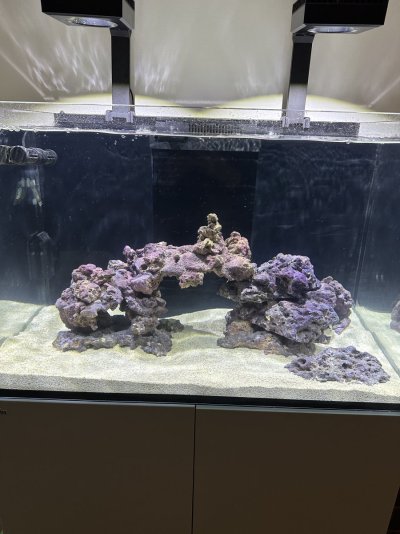- Joined
- Dec 16, 2019
- Messages
- 78
- Reaction score
- 52
**once you have a tuned and verified seneye, make sure to run it on a known cycled reef at the start and keep those logs to attach to findings, then you can reasonably set .05 ppm nh3 as the upper limit of acceptable safety provided you benched it at .00x before the cycling test was ran.
anything above that is ammonia noncontrol
What if I don't have another reef? I can't imagine seneye doesn't want people to skip using their stuff if we don't have another reef at home to calibrate? Can't I use fresh mixed saltwater mixed with new RODI water? Or RODI water? You can't let slides dry out so traveling somewhere to calibrate it seems like a conundrum.











 )
) 









